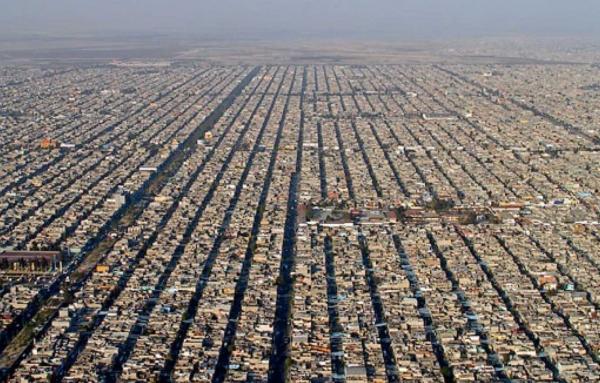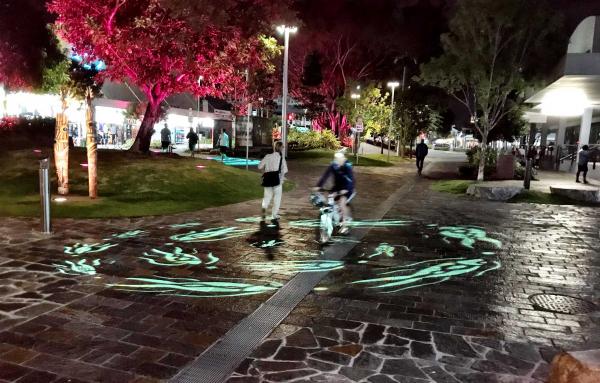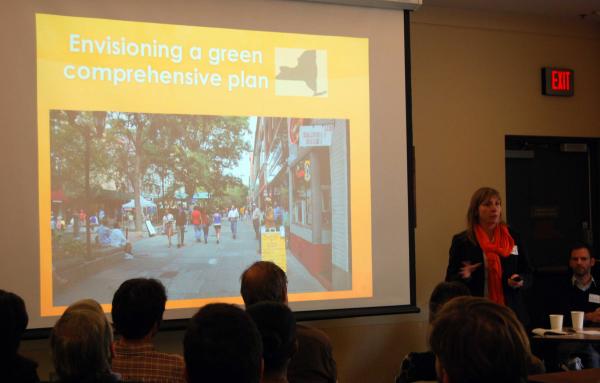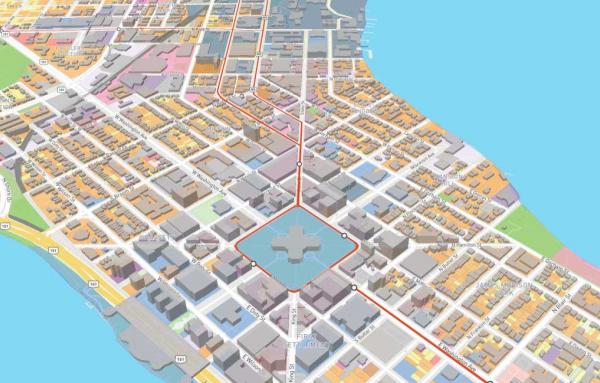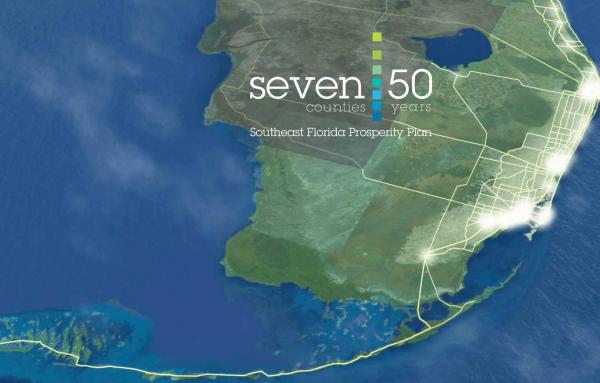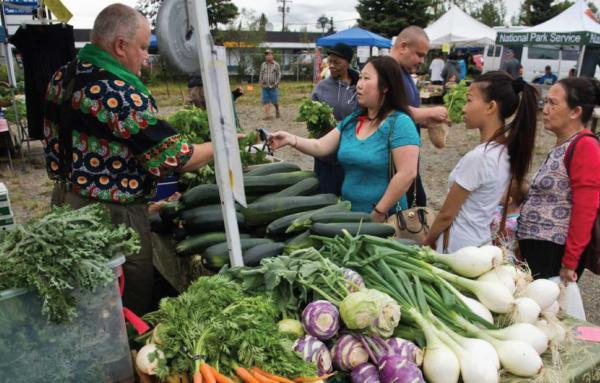Sustainability
As cities around the world are enveloped in sprawl, its health and sustainability problems are going global.
After taking a back seat to urban revival for a decade or more, American suburbs are once again in the driver's seat of growth. Can they be built sustainably?
Rising sea levels will create massive displacement in coming generations—here's a number of ways that people and communities will transition from low-lying to higher locations and conditions.
Thanks to the Australian-American Fulbright Commission and UN-Habitat's World Urban Campaign, fundamental relationships at the heart of urban public health and livability are under scrutiny in tropical Australia.
Here are some ideas on telling the story of why walkable urbanism matters—from your perspective to a particular audience.
Bangalore has grown like a plate of seafood spaghetti—it's green spaces are reduced to a few sprigs. The city needs a new vision.
A review of Douglas Farr’s Sustainable Nation: Urban Design Patterns for the Future
A new urban tool is designed help cities, planners, and developers with scenario planning.
Implementing the New Urban Agenda will be hard work—public spaces, including streets, provide the tissue connecting people to the benefits of cities.
The asphalt-industrial complex—otherwise known as Big Asphalt—took control of our cities and towns. Here's how we can take it back.
A key goal of the Seven50 plan is to ensure that development along the coastal areas is resilient and sustainable.
A horizontal weave brings disparate threads together and creates a fabric—a metaphor for resilience.
